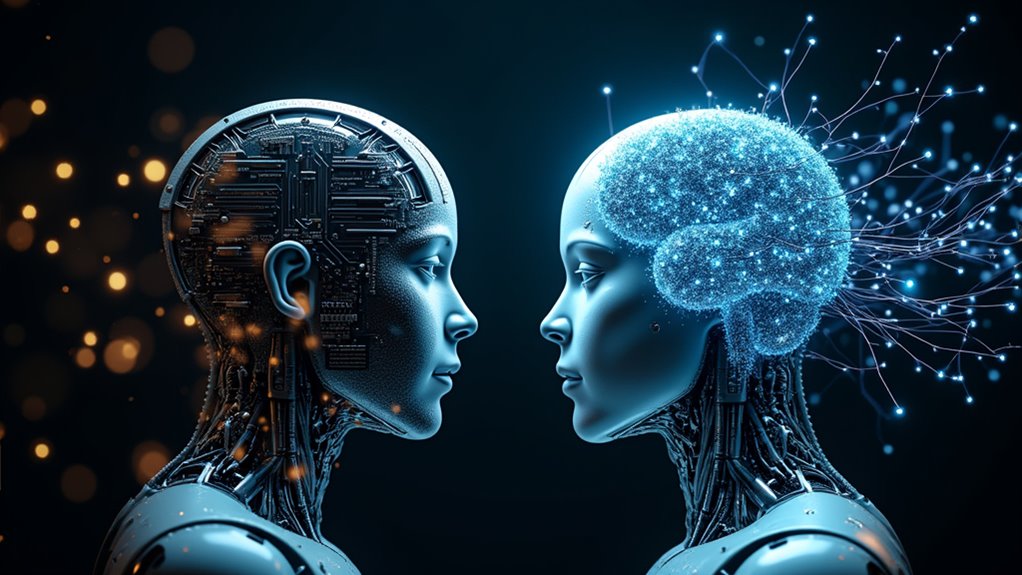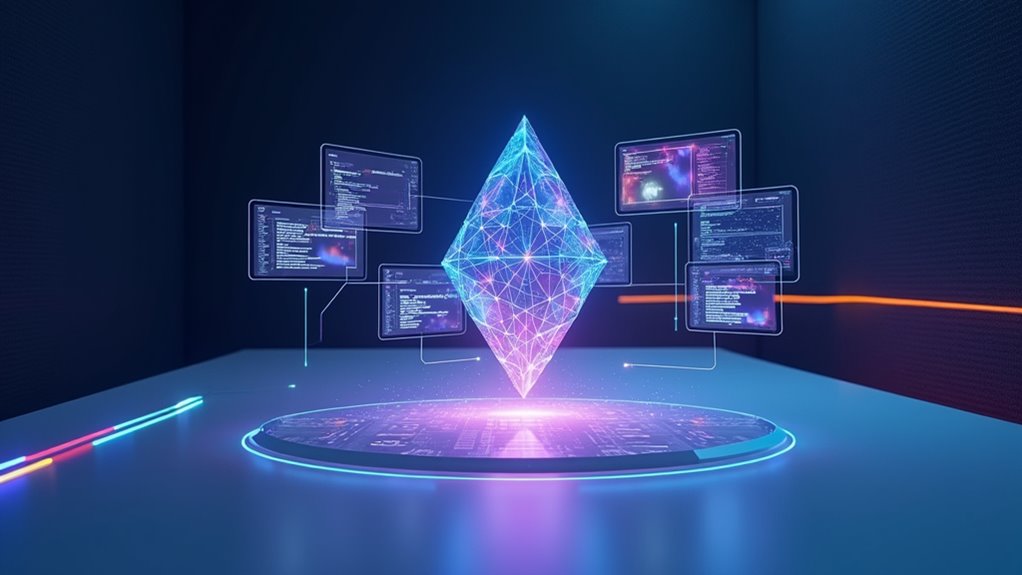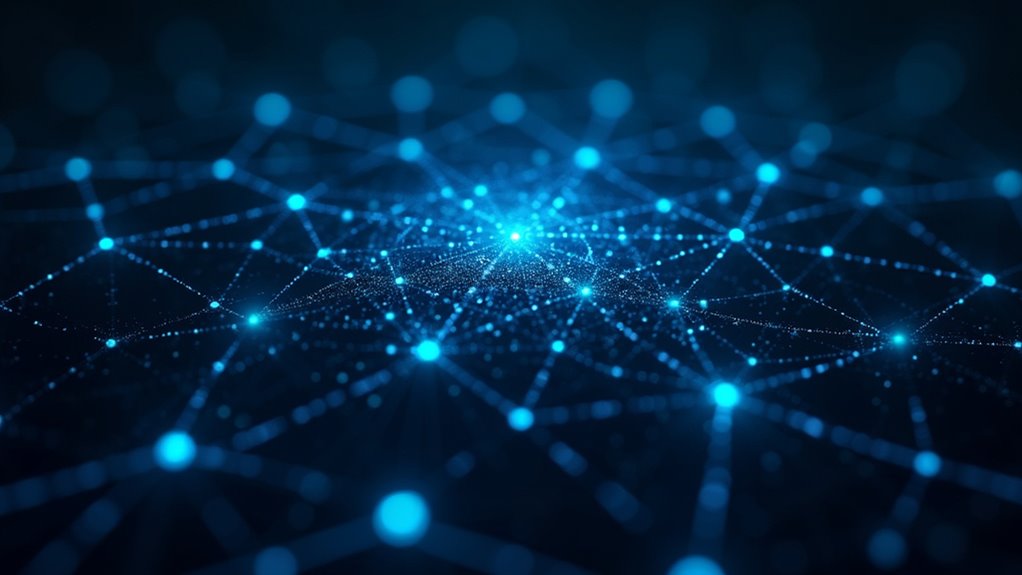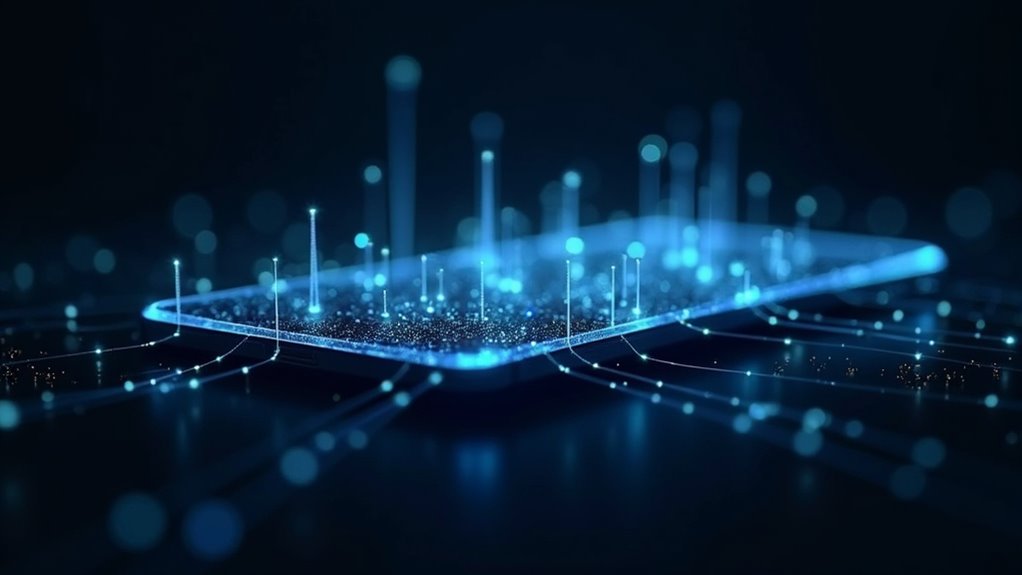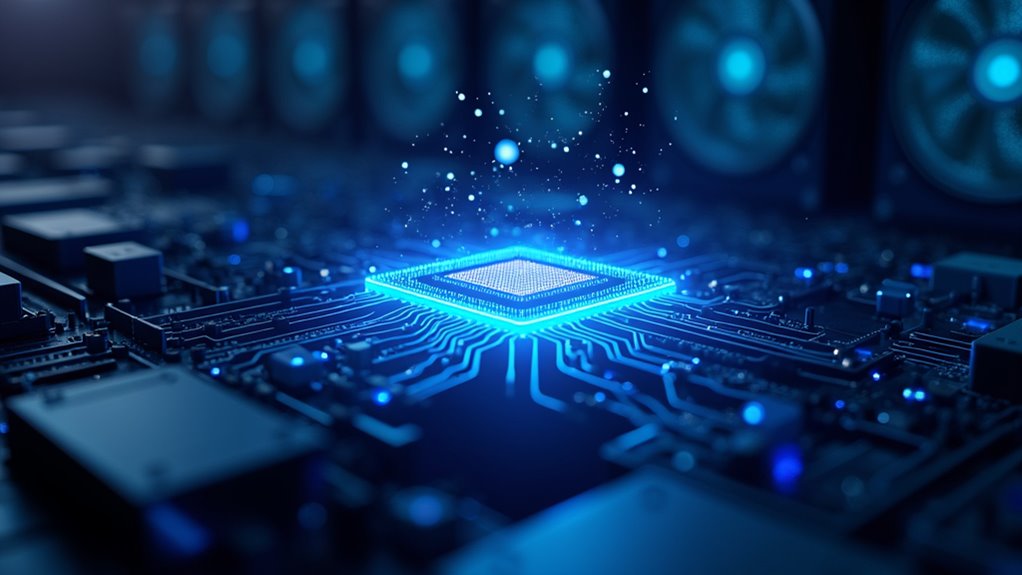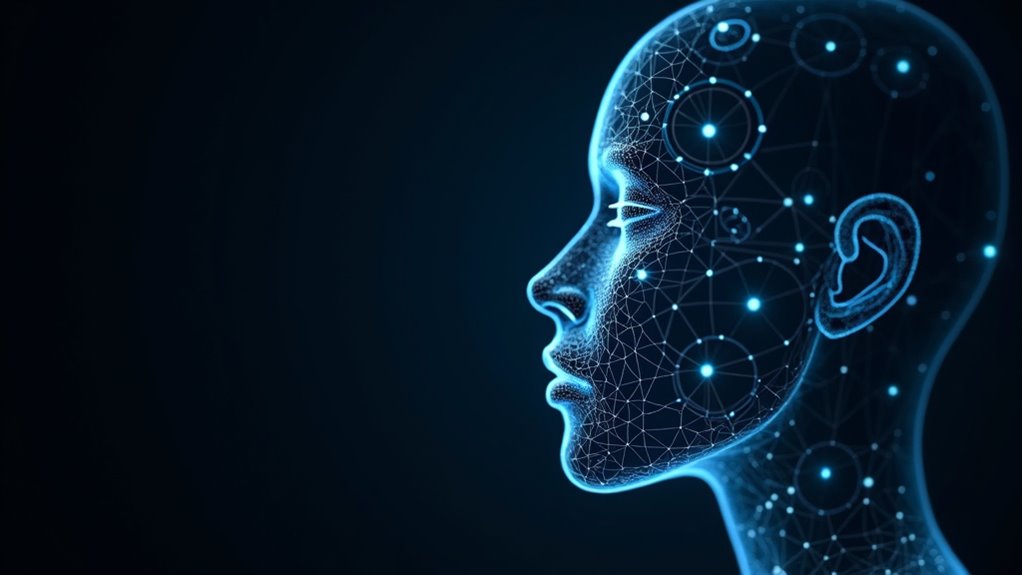Artificial General Intelligence (AGI) is the holy grail of AI development – machines that can think and learn like humans. Unlike today’s narrow AI systems, which excel at specific tasks but fail miserably at others, AGI would handle any intellectual challenge thrown its way. Current AI is basically a one-trick pony: great at chess, terrible at writing poetry. While companies pour billions into AGI research, we’re still far from machines that truly match human intelligence. The journey to true machine consciousness has only begun.
While today’s artificial intelligence can beat you at chess or generate cat memes on command, AGI is the holy grail that keeps tech enthusiasts up at night. AGI represents something far more ambitious – a hypothetical AI system that can match human cognitive abilities across the board. Unlike your smartphone’s digital assistant that fumbles basic requests, AGI aims to replicate the human brain’s ability to reason, learn, and adapt to new situations without explicit programming.
Current AI is like a one-trick pony. It’s really good at specific tasks but utterly clueless outside its comfort zone. Your image recognition software might excel at spotting cats but ask it to write a symphony or solve a complex mathematical theorem, and it’ll crash faster than a computer running Windows 95. AGI, on the other hand, would theoretically handle any intellectual challenge thrown its way, just like a human brain. Companies like Amazon are making significant strides in AGI development projects.
The gap between today’s narrow AI and true AGI is massive. While current systems rely on carefully curated training data and predefined parameters, AGI would leverage unsupervised learning to tackle unfamiliar problems. It’s the difference between a calculator and Einstein – one follows predetermined rules, while the other innovates and adapts. Ray Kurzweil believes that computers will achieve human-level intelligence by 2029.
The potential applications of AGI read like a sci-fi novelist’s dream list. From revolutionizing healthcare with instantaneous diagnosis to transforming education with personalized learning experiences, AGI could reshape society as it is understood. Unlike current AI systems that lack true consciousness, AGI would need to develop self-awareness and emotional understanding to truly match human intelligence.
But let’s not get ahead of ourselves. The challenges in developing AGI are enormous. Scientists can’t even agree on how to define intelligence in machines, let alone create it.
The road to AGI is paved with theoretical concepts rather than practical realities. Research continues, but progress is still far from achieving true human-like artificial intelligence. The computing power required is staggering, and the technical hurdles are immense.
For now, AGI remains what it’s always been – a fascinating concept that promises to change everything, while current AI continues to impress us with its narrow but increasingly sophisticated capabilities.
